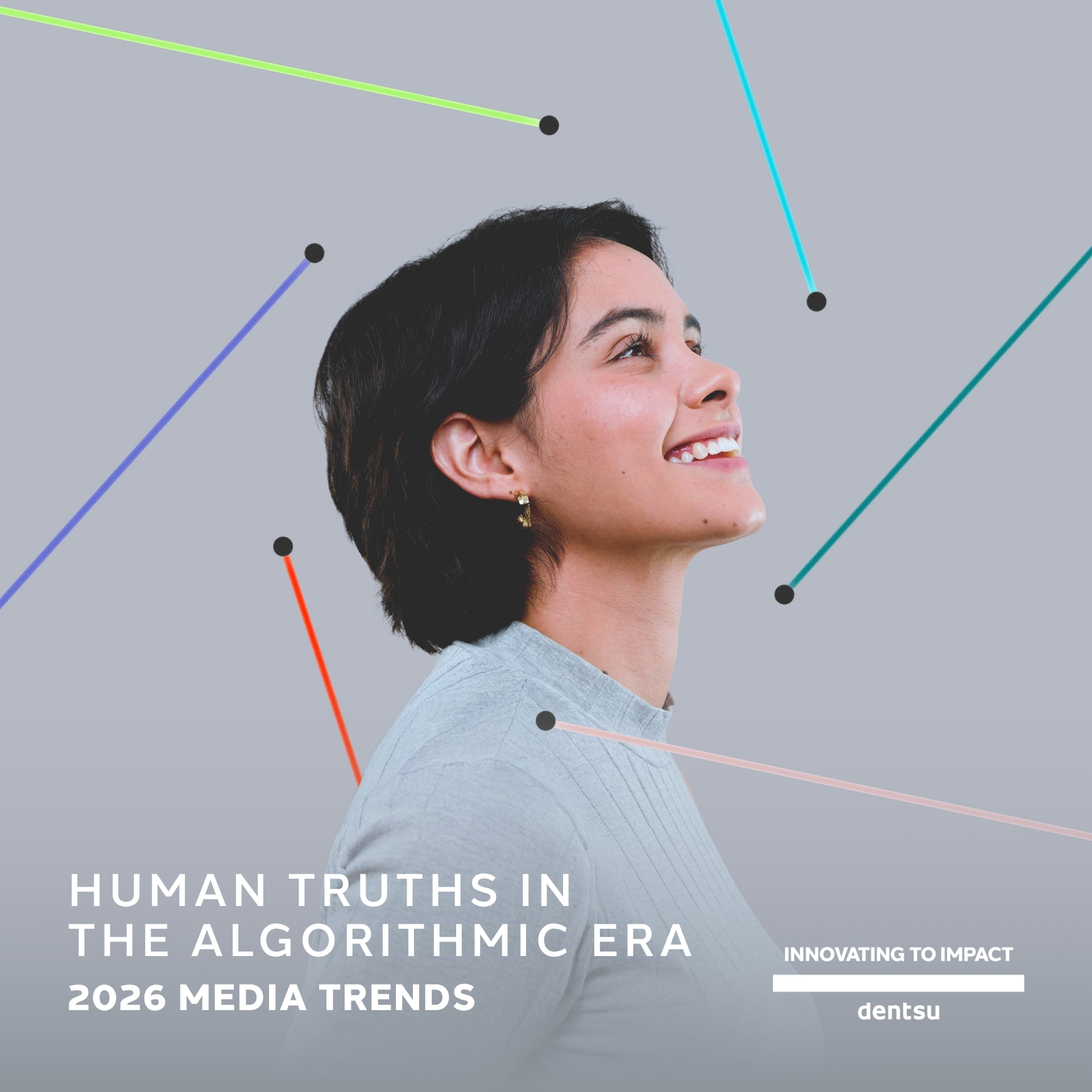Agentic AI has become the new darling of boardrooms, fueling rapid agent inflation with no signs of slowing down in 2026. But as more companies rush into the agentic AI arms race without a clear plan, they risk not only building inefficient solutions but, even worse, they risk eroding consumer trust in their brand.

Agentic AI systems feature enhanced autonomy, allowing them to make decisions, plan actions, and carry out tasks independently, with minimal human involvement.
For many consumers, the promise of unprecedented convenience offered by agentic AI is highly appealing. In fact, one in two respondents in the dentsu Consumer Vision study already state that by 2035, they would like to have an AI clone to handle shopping, administrative, and communication tasks on their behalf.
Recent developments in agentic AI, spearheaded by initiatives like OpenAI Agent mode and Amazon’s Buy for Me feature, are bringing us closer to this future of digital delegation. In response to the technology giants’ charm offensive, many companies are rushing to build agents of their own. However, they often mistake simply having a large number of agents for the actual value of those agents.
While experimentation has its merits, releasing agents just for the sake of doing so can turn early consumer curiosity into frustrating experiences, damaging brand trust and ultimately setting companies back in their attempt to take the lead in the agentic AI race.
A strategic blueprint for agentic AI
Personalized Agentic Workflows
dentsu.AI agents are optimized to leverage specific data, partner platforms, and best practices to ensure outputs are relevant, compliant, and brand aligned.
As 80% of CMOs report that generative AI is either a priority or significantly important investment for their company, a clear framework for agent design has become essential.
Build Agents that drive strategic value. Most AI agents lack memory and strategic design, making them ineffective for optimizing consumer journeys. True value comes from context-aware systems that can support multi-step tasks without disconnection and can adapt to shifting customer data.
Build in oversight to avoid technical debt. Unstructured agent deployment without a centralized orchestration layer leads to complexity and operational debt. Brands must equip themselves with a control panel to manage agent lifecycles, dependencies, and communication to drive scalable, efficient, and resilient agent ecosystems.
Build in governance to avoid risk. Agent platforms (e.g., marketplaces) are promising, but, without governance, they pose brand risks. It is critical to build auditable, testable agents with oversight, quality assurance pipelines with human review, and compliance safeguards to prevent copyright violations, off-brand messaging and false claims.
Build for modularity. Framework-specific agents lack the flexibility needed for the ever changing AI landscape. Companies should establish clear internal processes and design modular, swappable agents decoupled from underlying LLMs to perform without the need for a new stack every time circumstances evolve.
In the AI race, brands that design intelligent, well integrated agents with the same rigor applied to campaign orchestration will stand out, delivering a new level of service that delights consumers.
What’s next?
Agentic AI not only raises questions about whether and how brands should develop agents, it also requires them to establish clear rules of engagement for third-party agents on their digital properties. For example, Shopify has a Robot & Agent policy, which states that “any end-to-end flow that completes payment without a final human review is not permitted.”
This is the second of ten trends discussed in dentsu’s Human Truths in the Algorithmic Era | 2026 Media Trends report.

